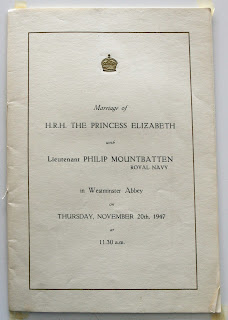My name is Kirstin and I am the new Research Intern at LHSA. I graduated last year with a BA (Hons) in Photography and Film, with my dissertation focusing on the artistic influences of the rare study of 19thcentury male hysteria. It was throughout my dissertation that I discovered how much I enjoy researching topics in further detail, and how I love sharing the fascinating stories I find with others. This led me to my previous role as Hospital Community Intern with Artlink, a research-based internship for the "200 Years 200 Objects" exhibition commemorating the Royal Edinburgh Hospital’s bicentenary. This role gave me the chance to interact with staff, patients and ex-patients by talking with them to find out the medical, social and personal history of the hospital. What I loved most about the project was discovering the personal stories of the individuals who have been at the hospital. I am therefore delighted to be the new Research Intern at LHSA, where I have been given the opportunity to research in depth stories from World War 1 resources, which also include the personal stories of some extremely admirable and fascinating people.
My five-week internship will involve researching and choosing appropriate stories from LHSA WW1 resources, to develop and create educational resources for school children, universities and the general public which will be used both in person and online, a task I am really excited to be part of.
I have been very lucky in my first week to begin this task by looking through the volumes of the Craigleith Hospital Chronicle, a hospital magazine made up by many beautiful and touching stories, sketches and poems contributed by both hospital staff and wounded soldiers. I have loved looking through the magazines immensely, and I feel I have met some fascinating people which I look forward to researching further over the next few weeks. The beautiful sketches and artwork scattered throughout have been one of my personal highlights whilst viewing this material. But my favourite so far has been the funny little captioned illustrations throughout the magazine. At a time when there was so much devastation I found it incredible people could still see the lighter side of things.
Vignette from Craigleith Chronicle, December 1915 (GD1/82/11)





.jpg)





